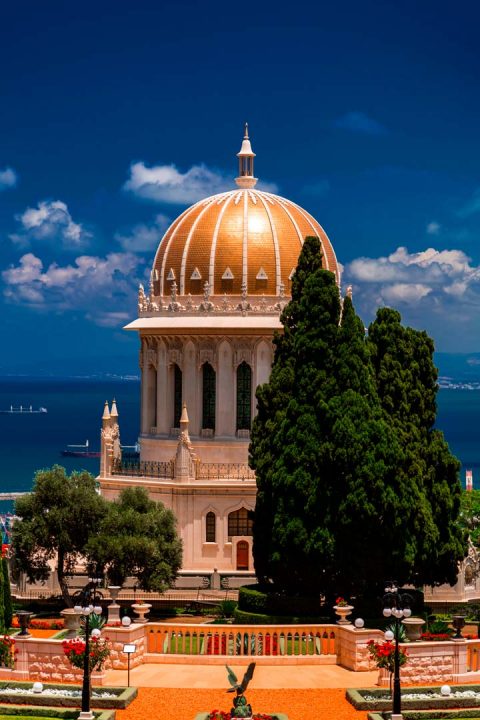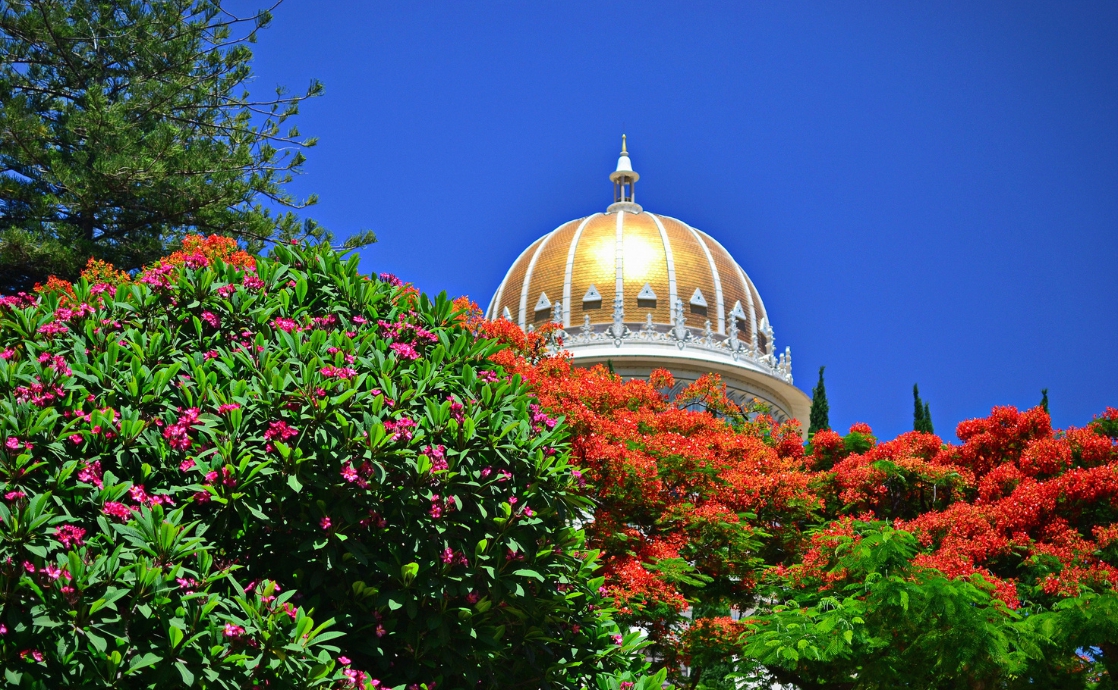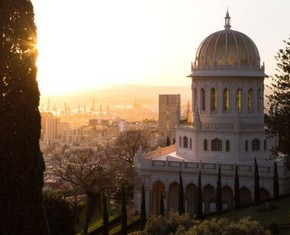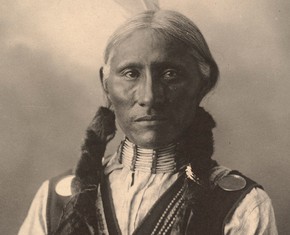The views expressed in our content reflect individual perspectives and do not represent the authoritative views of the Baha'i Faith.
At sunset on Friday, November 1, 2024, Baha’is everywhere will begin joyously celebrating the birthday of the Bab, the forerunner of Baha’u’llah and the founder of the Babi Faith — and you’re invited!
Observed each year in October or November, the Bab’s birthday marks the first of two successive Baha’i Holy Days. Celebrated on the following sunset, on Saturday, November 2, 2024, the birthday of Baha’u’llah will be celebrated, capping these Twin Holy Days with another important observance. Together, these celebrations create one of the happiest and most delightful times of the year throughout the global Baha’i community.
RELATED: The Birth of the Bab: First of the Twin Holy Days
Baha’u’llah, in his “Most Holy Book,” asked the Baha’is to celebrate a feast of unity, joy, and commemoration on each of these two special days, making them second in importance in the Baha’i calendar to the two “Most Great Festivals,” which commemorate the Declaration of Baha’u’llah in the garden of Ridvan in 1863 and the Declaration of the Bab in Shiraz in 1844. In his “Most Holy Book,” Baha’u’llah wrote:
All Feasts have attained their consummation in the two Most Great Festivals, and in the two other Festivals that fall on the twin days … Thus hath it been decreed by Him Who is the Ordainer, the Omniscient.
The first of these Twin Holy Days commemorates the birthday of the Bab, whose title means “the gate.” The Bab, as Baha’u’llah’s predecessor and as a prophet of God in his own right, unlocked the metaphorical gate of the advent of a new age of fulfillment and maturation for all humanity. His revelation’s primary mission — to herald the arrival of a divinely-inspired spiritual educator the Bab referred to as “He Whom God shall make manifest” — opened the way for the coming of Baha’u’llah:
Denounce ye not one another, ere the Day-Star of ancient eternity shineth forth above the horizon of His sublimity. We have created you from one tree and have caused you to be as the leaves and fruit of the same tree, that haply ye may become a source of comfort to one another. Regard ye not others save as ye regard your own selves, that no feeling of aversion may prevail amongst you so as to shut you out from Him Whom God shall make manifest on the Day of Resurrection. It behooveth you all to be one indivisible people; thus should ye return unto Him Whom God shall make manifest.
Like John the Baptist, the Bab instructed his hopeful followers to prepare for a new prophet’s appearance. He also announced the coming of a new era in human history, one that would witness the emergence of a just, unified, peaceful world civilization.
What Makes Them “Twin” Holy Days?
Baha’is call these Holy Days “twins” because the lunar calendar in use when the Bab and Baha’u’llah were born in Persia caused their birthdays to fall on successive days. The Bab was born on the first day of the month of Muharram in the Islamic lunar calendar, in the Gregorian year 1819, and Baha’u’llah’s birthday occurred in 1817 on the second day of that same month. Born just a day short of two years apart, both of these prophets and founders of their respective Faiths are now celebrated around the world.
For decades in the Middle East, Baha’is traditionally observed those Holy Days in accordance with the Muslim lunar calendar and celebrated them together on consecutive dates, counting them as a single two-day festival. Baha’u’llah himself observed them this way.

In the Islamic lunar calendar, however, the actual dates of the Twin Holy Days change every year because each new month begins with the appearance of a new moon. In relationship to the solar calendar, the Muslim calendar “loses” about eleven days every year since twelve lunar cycles amount to approximately 354 days, which falls short of a full solar cycle. In the Western solar calendar, the Bab’s and Baha’u’llah’s birthdays occur about three weeks apart. That means Baha’u’llah’s birthday — 2 Muharram of the Islamic calendar year 1233 A.H. — fell on November 12, 1817; while the Bab’s birthday – 1 Muharram of 1235 A.H. — fell on October 20, 1819.
In the global West, Baha’is used to observe the Twin Holy Days on October 20 and November 12, the historical Gregorian calendar — but in 2014, a significant shift took place in that practice. The Universal House of Justice, the democratically-elected global leadership body for the world’s Baha’is, asked the Baha’is to begin celebrating these joyous holy days according to a new, unique melding of the solar and the lunar calendars. Instead of relying solely on either calendar, Baha’is now celebrate the Twin Holy Days eight lunar months from the Baha’i New Year, which occurs on the vernal equinox of the solar year, usually March 21.
In that way, just as the Baha’i teachings reconcile and unite the religions, so too do they unite and reconcile the world’s calendars, adapting the lunar and solar observances into one.
RELATED: The Baha’i Faith Begins with the Bab
Celebrate With Us
Would you like to celebrate with us? Of course, when Baha’is observe these happy occasions, everyone is invited. At the worldwide Baha’i gatherings for the birth of the Bab today, and the birth of Baha’u’llah tomorrow, happiness and good cheer will prevail. Music will play, friends will come together, children will laugh, and warm fellowship will fill the air. In past celebrations, that fellowship and love have happened in person, but in the era of the global pandemic, many Baha’i communities will get together online.
Held during the autumn months in the Northern hemisphere and in the spring in the Southern part of the world, the Twin Holy Days signal a joyful, celebratory season of the Baha’i year, when the Baha’i community comes together to commemorate the advent of their two prophets of God, the Bab and Baha’u’llah, the twin founders of their Faith, and to hail the beginning of a new era in human unity.
Happy Birthday of the Bab!
















Comments
Sign in or create an account
Continue with Googleor